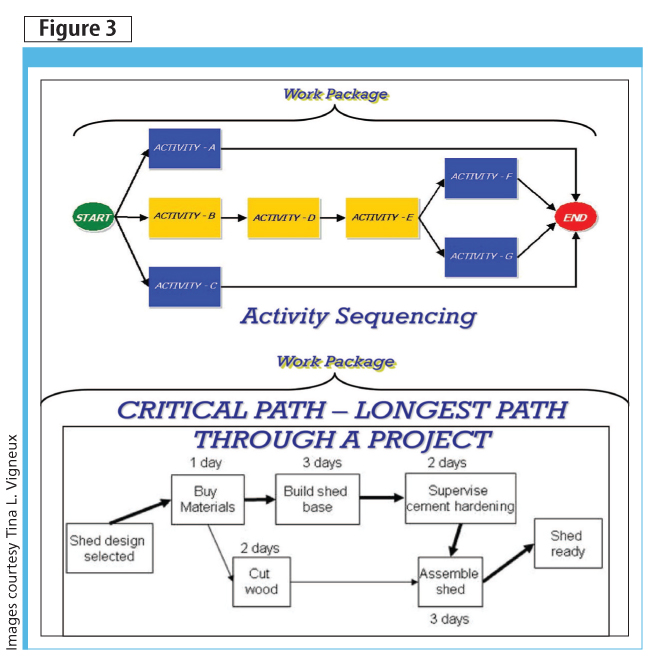Staying street SMART with project management

Communication is king
Knowing how to deal with stakeholders—including team members, inspectors, and even owners of adjacent properties (essentially, anyone who can positively or negatively affect a project’s outcome)—is crucial, making communication skills critical for successful management. The ‘key stakeholders’ are anyone who can make or break a project, typically the owner.
The skills of a design/construction professional may not matter if he or she is unable to both communicate the goals to the team and receive effective communication from others. People are diverse; one’s ability to understand this diversity can mean the difference between success and failure. (Of course, personalities vary, but with a basic understanding of ‘how,’ one can effectively communicate with and motivate others on the team.)
The steps to successful project management
Regardless of the project size, budget, or type, the path to successful management can virtually always be broken into simple steps.
Step 1: Define scope
Defining the scope outlines what needs to be accomplished, provides the overall theme for planning, aligns the team with the ultimate goal, and lists the ‘deliverable’ for a given project. For example, a scope statement may be “To construct a high-quality, custom-built home within 10 months at a cost not to exceed $687,500.”
Step 2: Create work breakdown structure
A work breakdown structure (WBS) is the single most important ‘input’ into the planning process, and the one template referred back to for each of the following steps. The WBS organizes and defines 100 per cent of the scope of the project and displays the relations between the work elements. It is not a schedule, but rather defines the ‘what’ of a given project—the schedule defines the ‘who’ and ‘when’. The WBS is an efficient format for defining project work and for planning and tracking project success. Figure 1 shows two types of a WBS.
The idea behind a work breakdown structure is simply to ‘list’ all tasks associated with a project until everything is covered. When creating a WBS:

1. Gather input from as many team members as possible. (Collaborating with the team and embracing its diversity significantly decreases the chance of missing something important to the project.)
2. Break it up into levels:
- Level 1: Phase/Deliverable (e.g. demolition, structure, and electrical); and
- Level 2: Tasks/Work Items (e.g. excavate, frame walls, and order cabinets);
3. Begin each task/work item with a verb/action word (e.g. install, create, or purchase). This step forces specificity in outlining tasks, eliminating broad-based work that cannot be assigned to an individual/organization.
4. Ensure all tasks/work items are ‘assignable’ to a single person/organization. If there are two different companies or firms working on a single portion of a project, the tasks responsible by each must be separately outlined. By assigning tasks/work items to a specific individual/organization, it allows for the natural creation of contract packages as shown in Figure 2.







